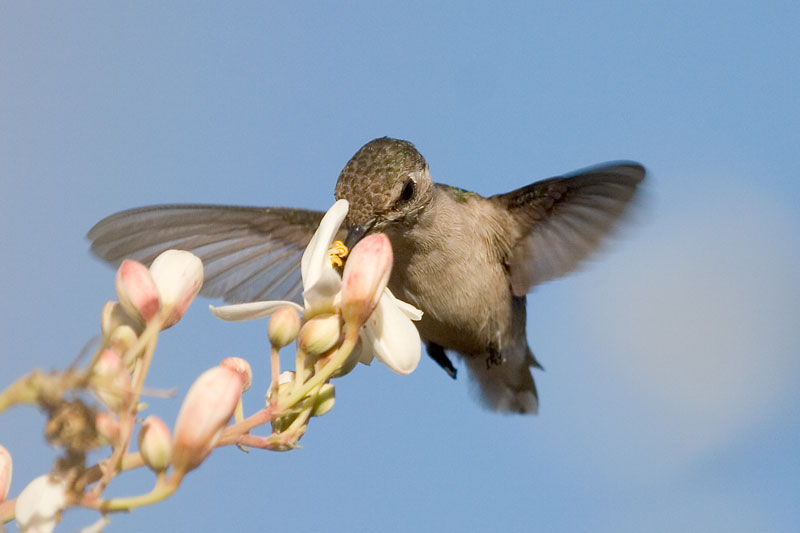I suspect the answer lies in food requirement.
Following the comet impact would come global cooling and a darkening of the atmosphere. Both would kill off plant life wholesale. Long term, this would not matter, since plants leave seeds which can re-germinate once conditions warm up.
However, the lack of plants would be a major problem to large herbivores (obviously) and when they are gone, the large carnivores also die out. Incidentally, this die off would help scavengers such as crocodiles. Especially since crocodiles can go long periods without food, anyway. A nice decaying T. rex at the bottom of the pond might keep a crocodile happy for a very long time. Decay would be slowed by colder temperatures. Whale carcasses at the bottom of the ocean have been observed to be still feeding scavengers a full year after the whale died.
So what is left? Obviously, a hell of a lot of decaying vegetation. This becomes part of the soil, but still supports life. The life it supports is invertebrate. Mites, insects, ants, termites, etc.
The larger life that survives until the regrowth of plant life is mainly insectivorous. This includes small mammals, lizards, birds etc. Plus their predators.
Following the comet impact would come global cooling and a darkening of the atmosphere. Both would kill off plant life wholesale. Long term, this would not matter, since plants leave seeds which can re-germinate once conditions warm up.
However, the lack of plants would be a major problem to large herbivores (obviously) and when they are gone, the large carnivores also die out. Incidentally, this die off would help scavengers such as crocodiles. Especially since crocodiles can go long periods without food, anyway. A nice decaying T. rex at the bottom of the pond might keep a crocodile happy for a very long time. Decay would be slowed by colder temperatures. Whale carcasses at the bottom of the ocean have been observed to be still feeding scavengers a full year after the whale died.
So what is left? Obviously, a hell of a lot of decaying vegetation. This becomes part of the soil, but still supports life. The life it supports is invertebrate. Mites, insects, ants, termites, etc.
The larger life that survives until the regrowth of plant life is mainly insectivorous. This includes small mammals, lizards, birds etc. Plus their predators.


